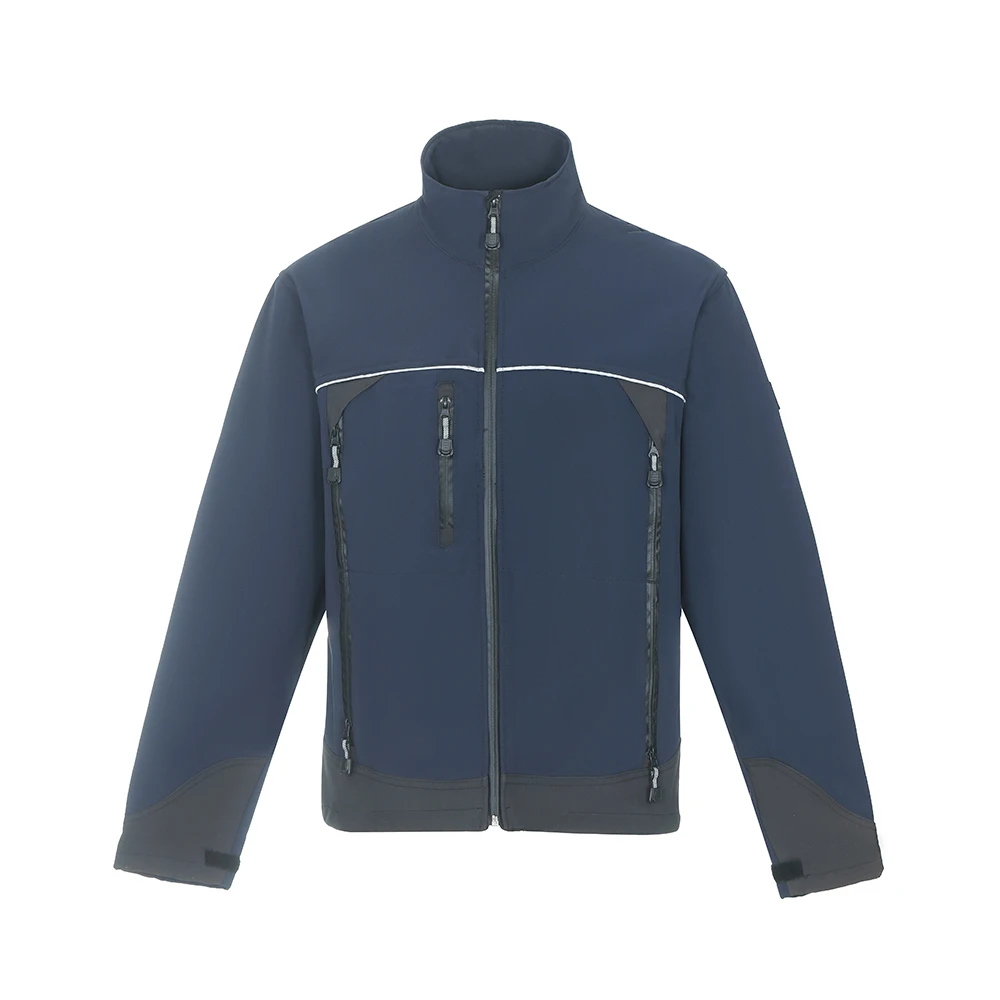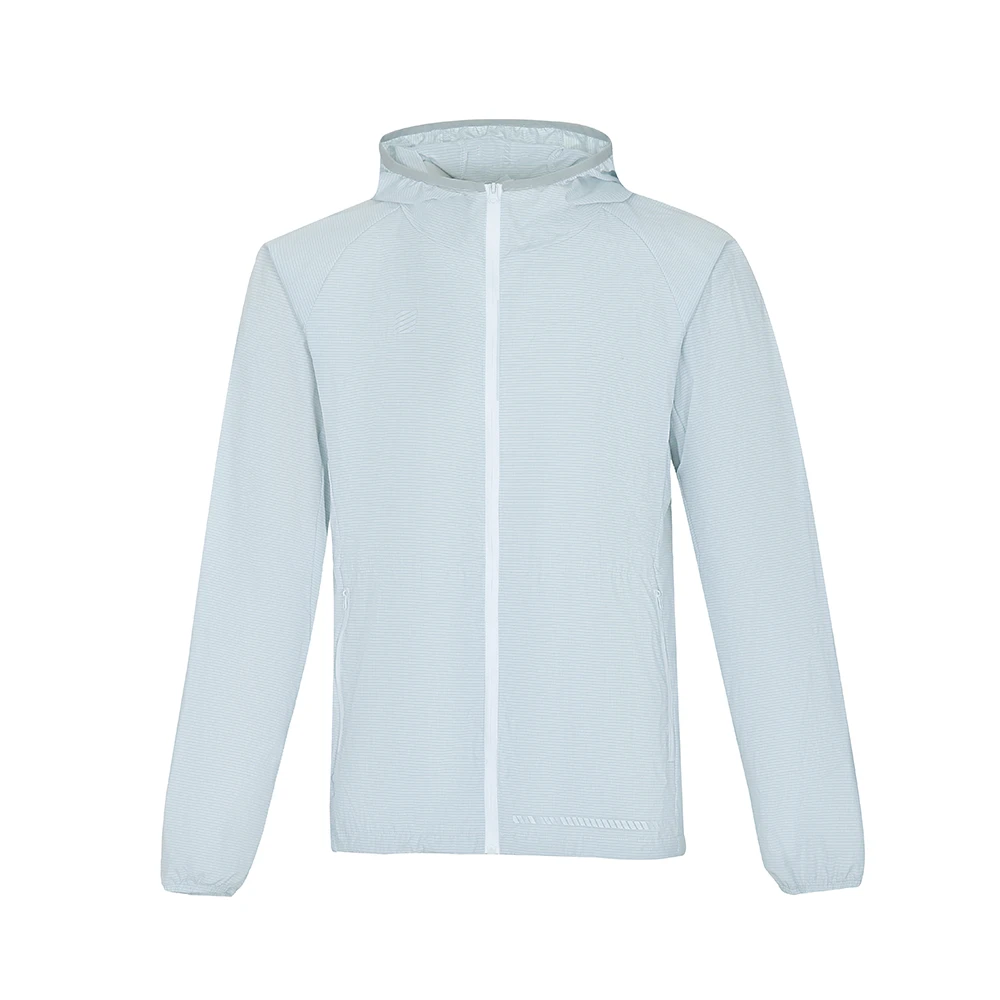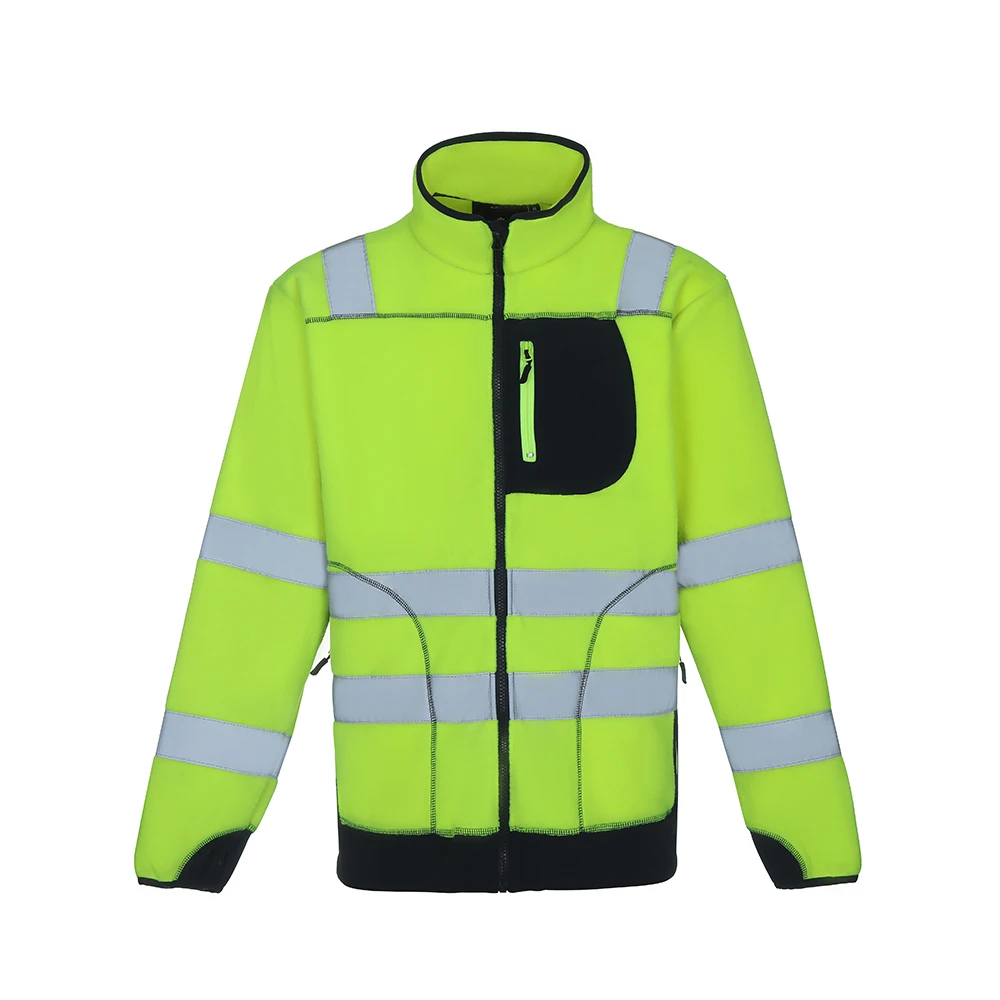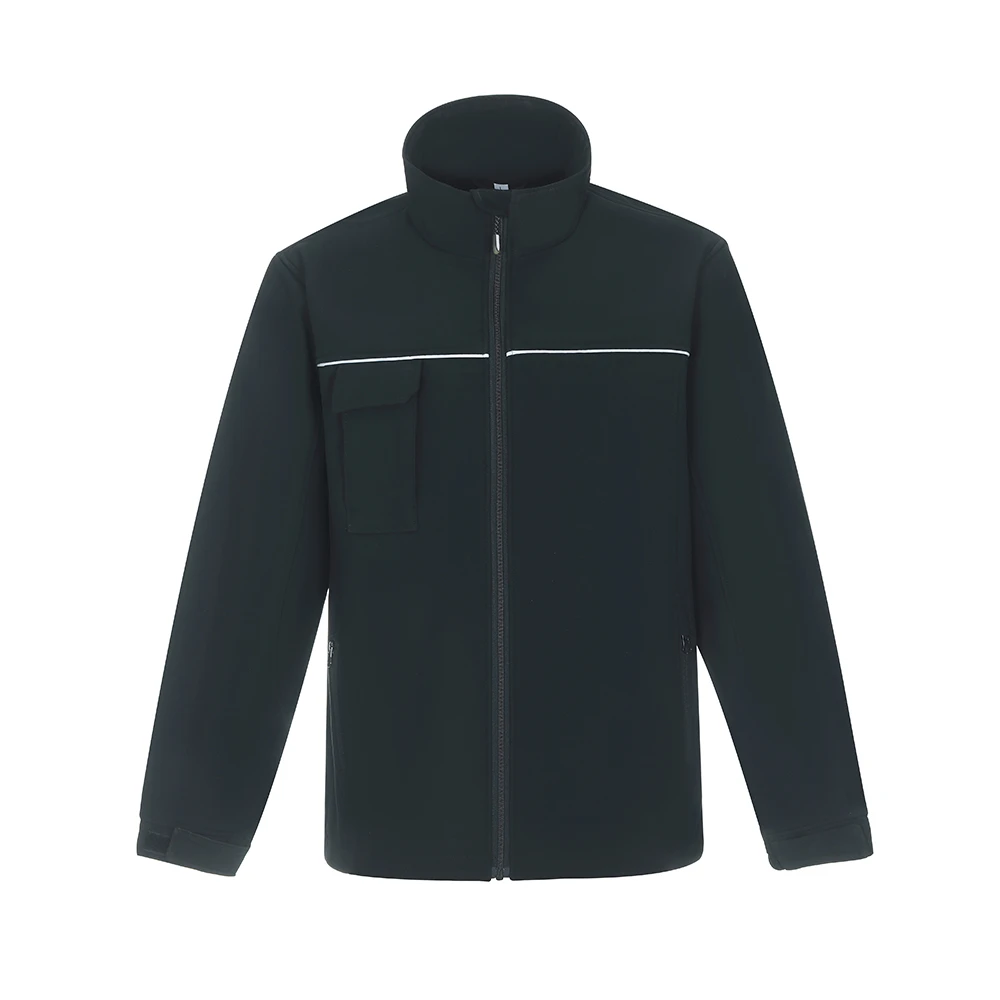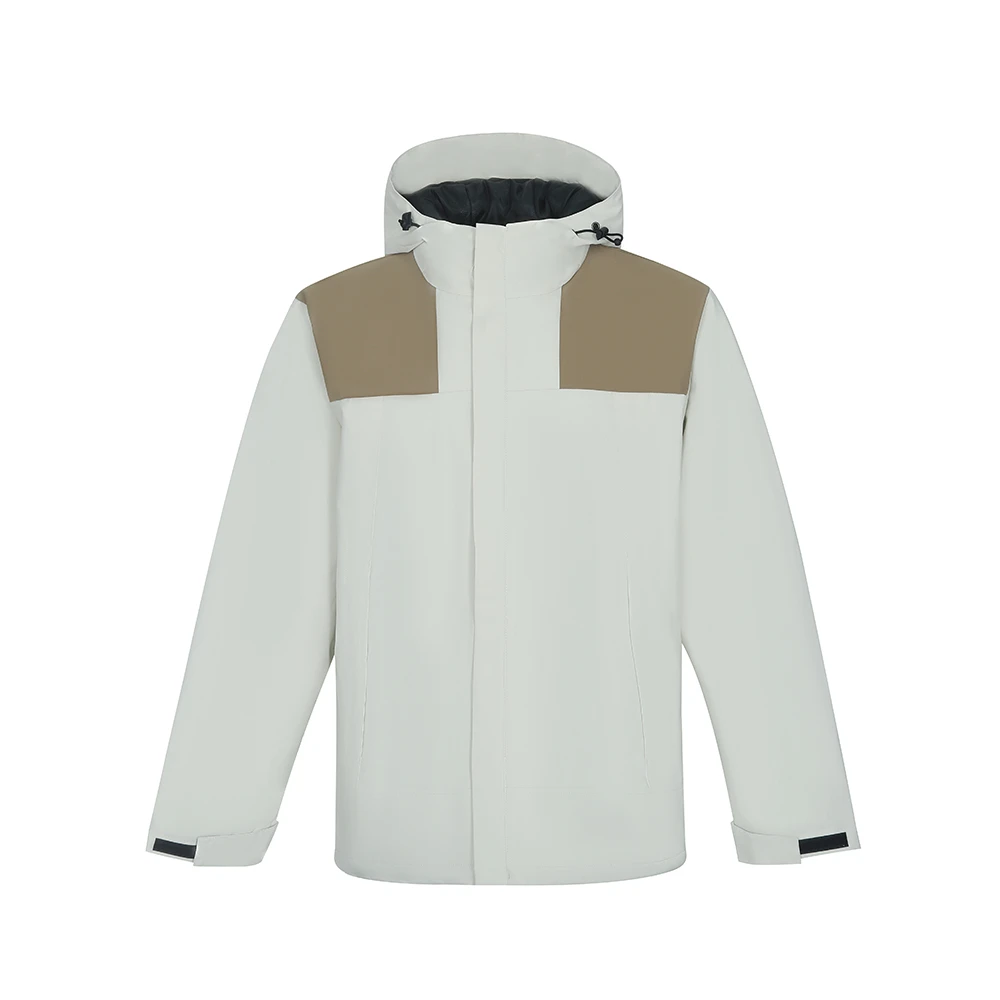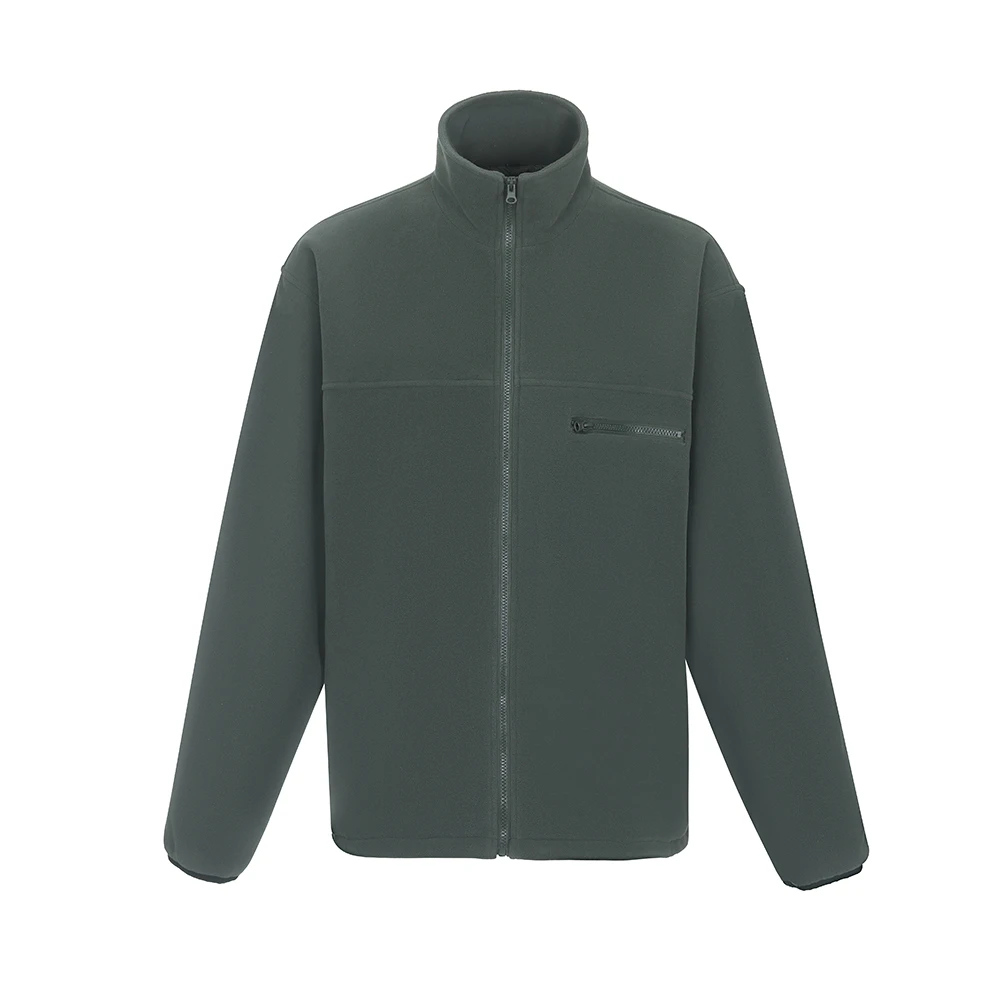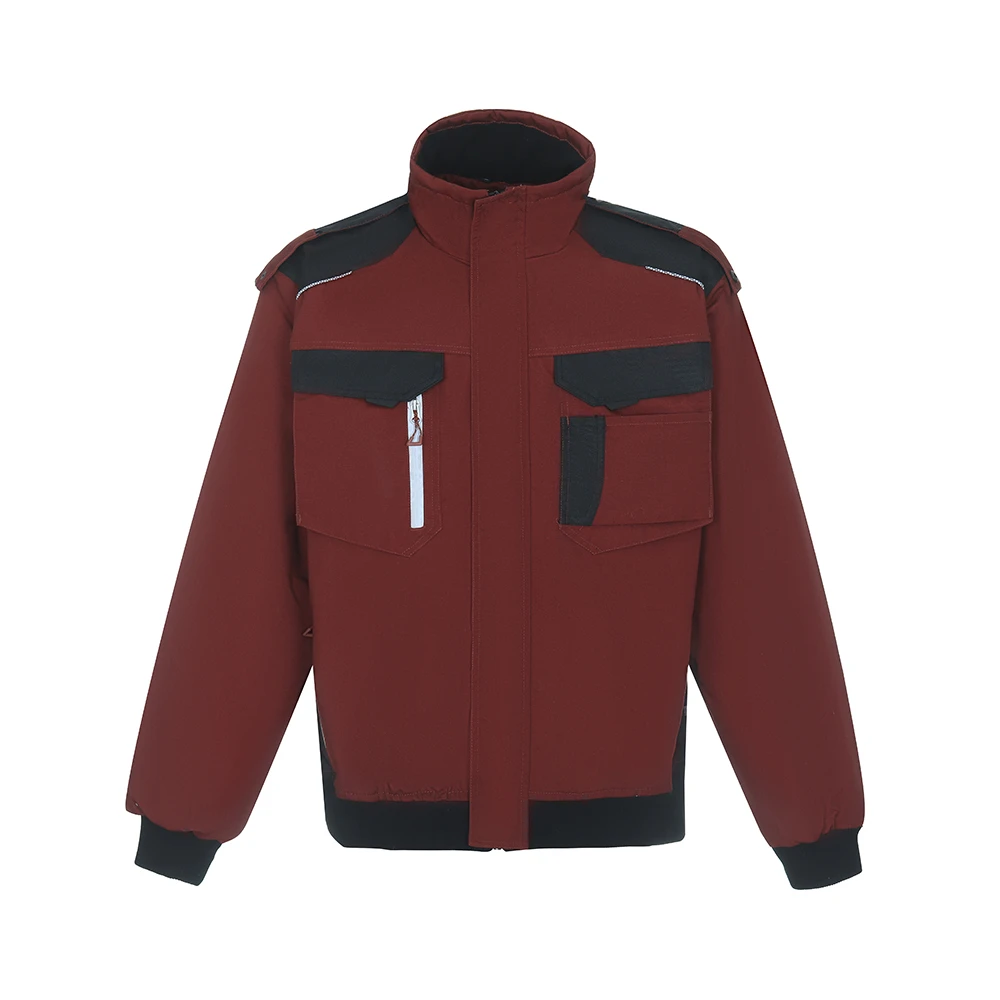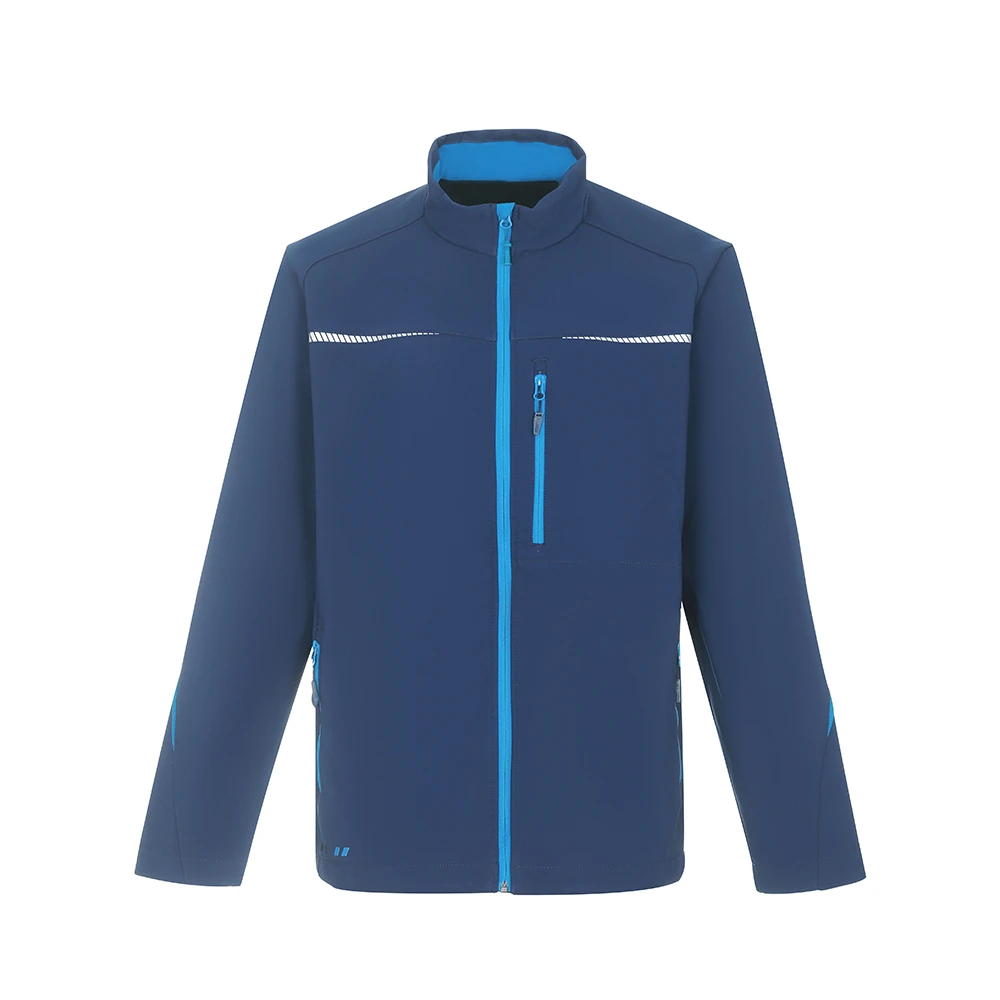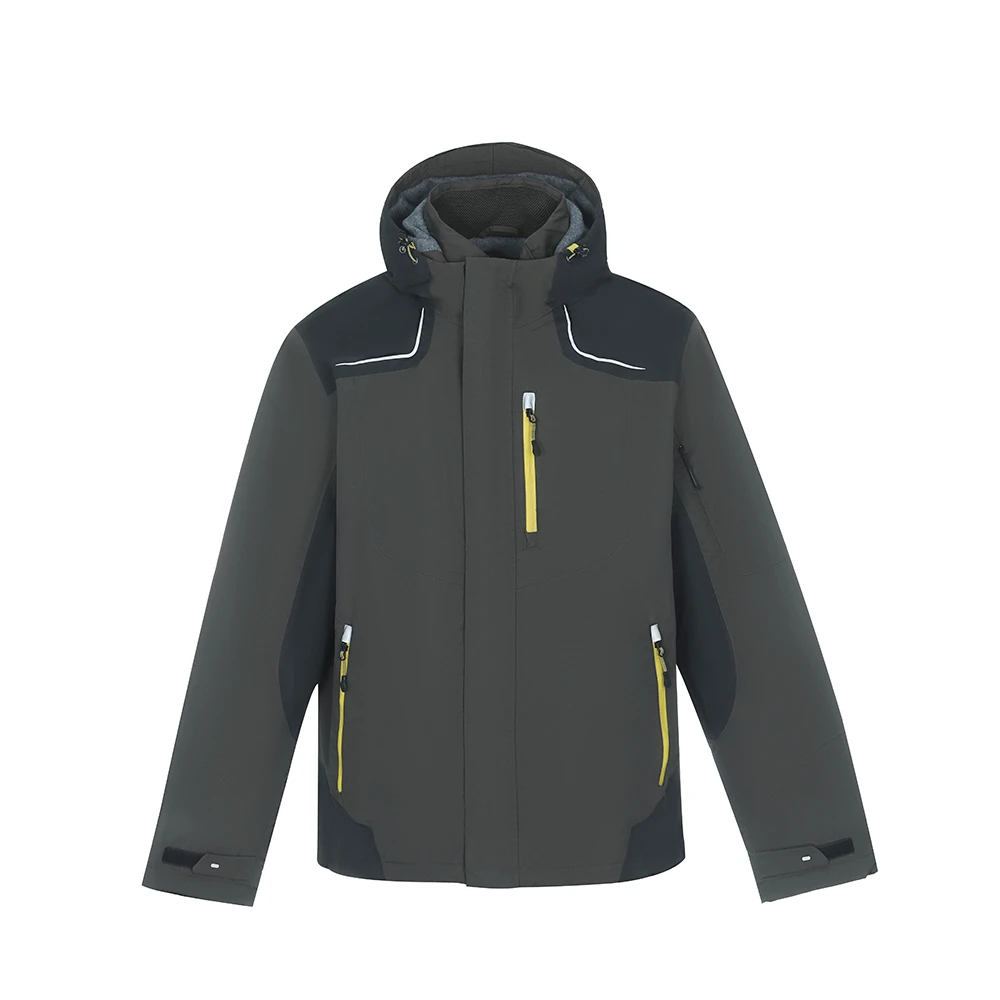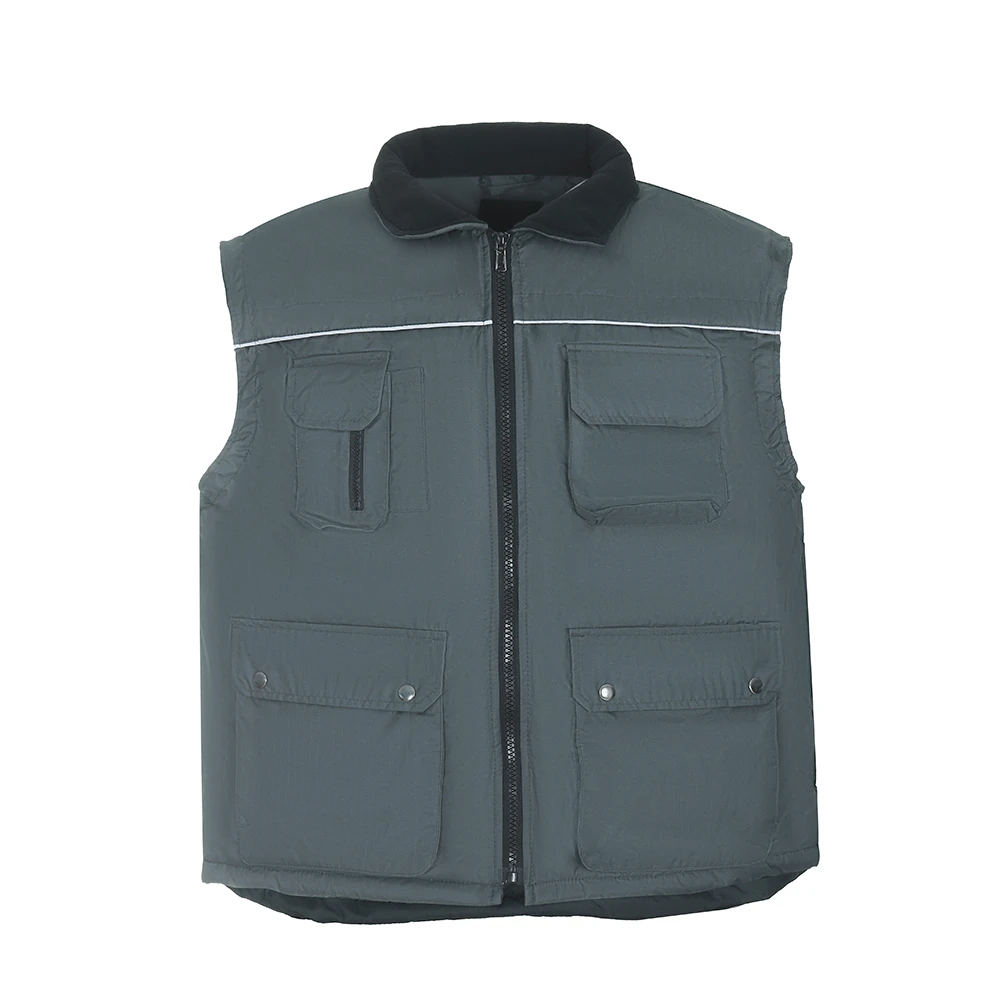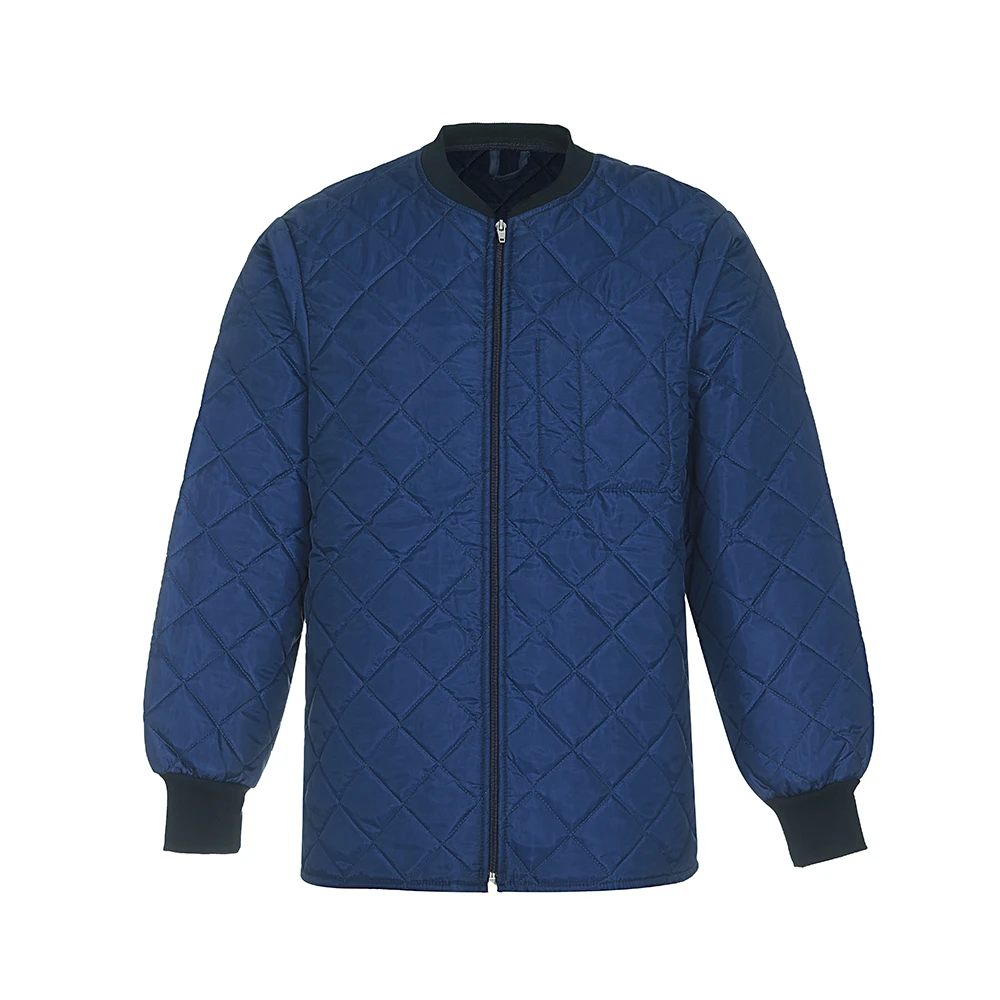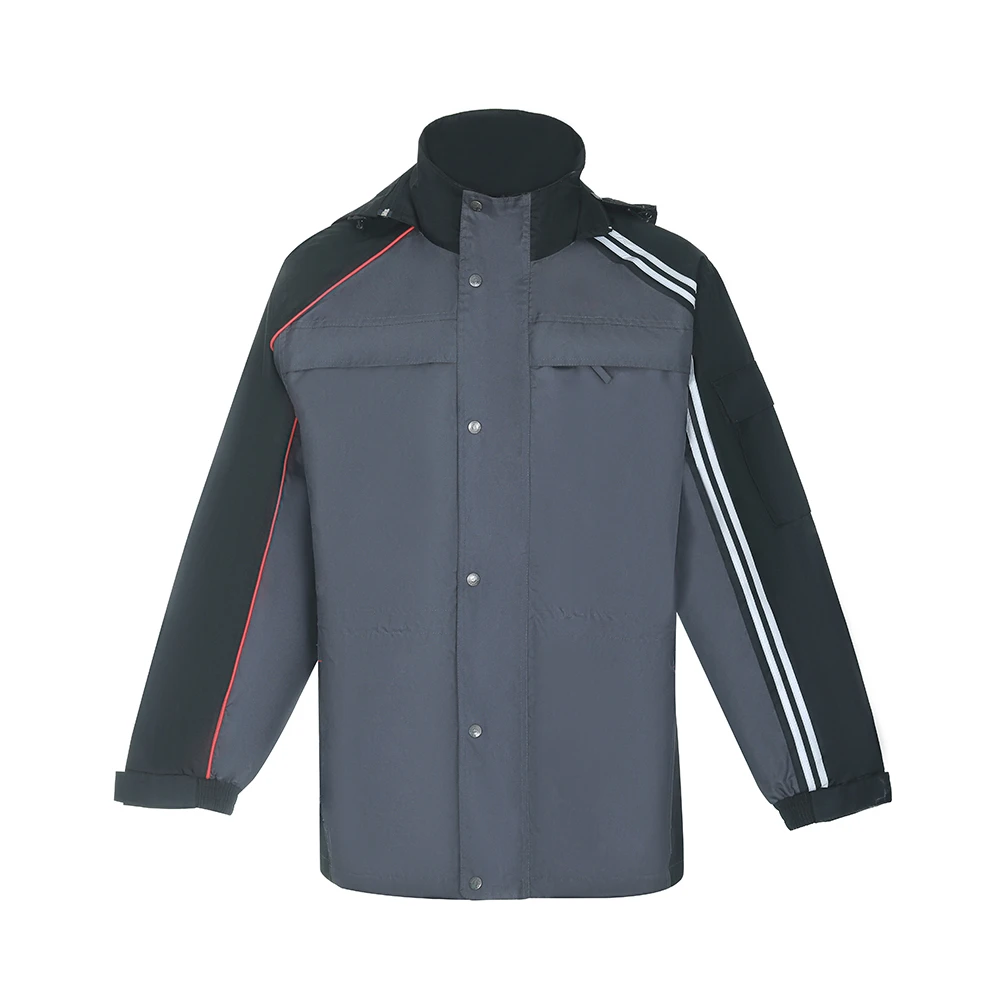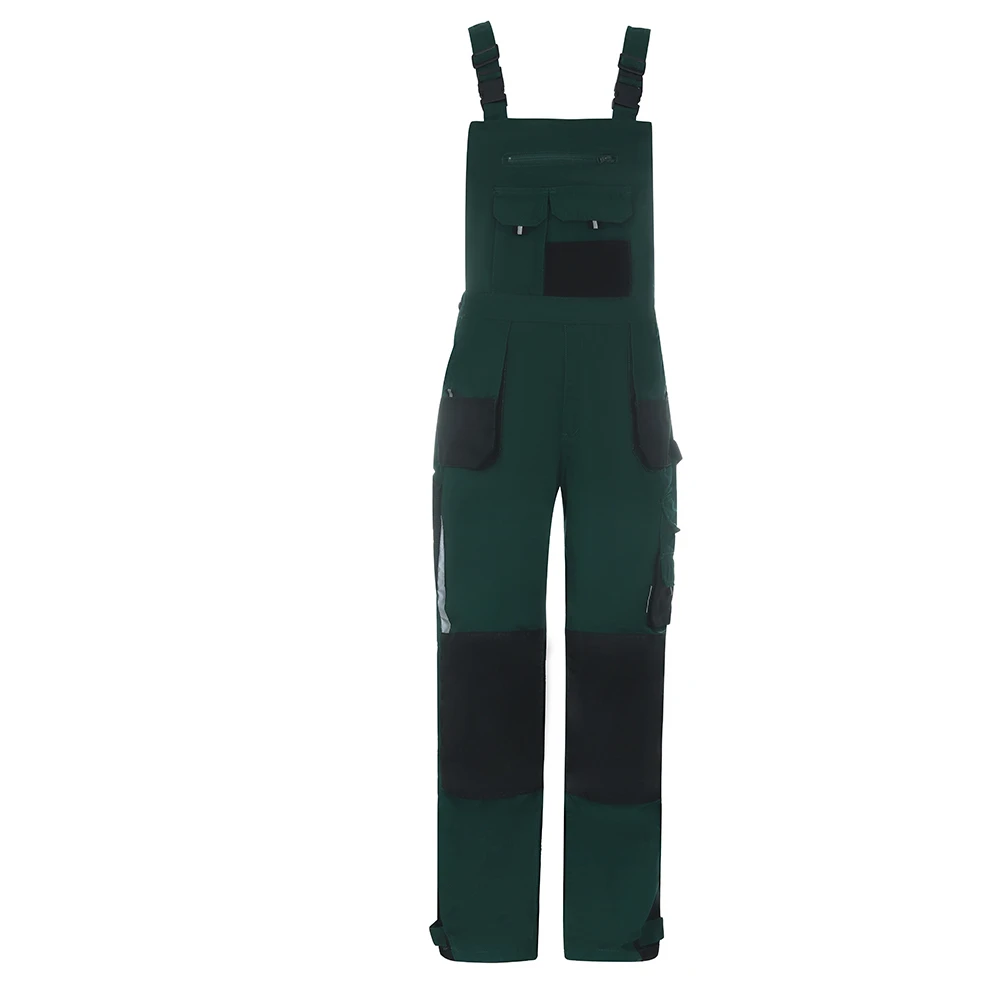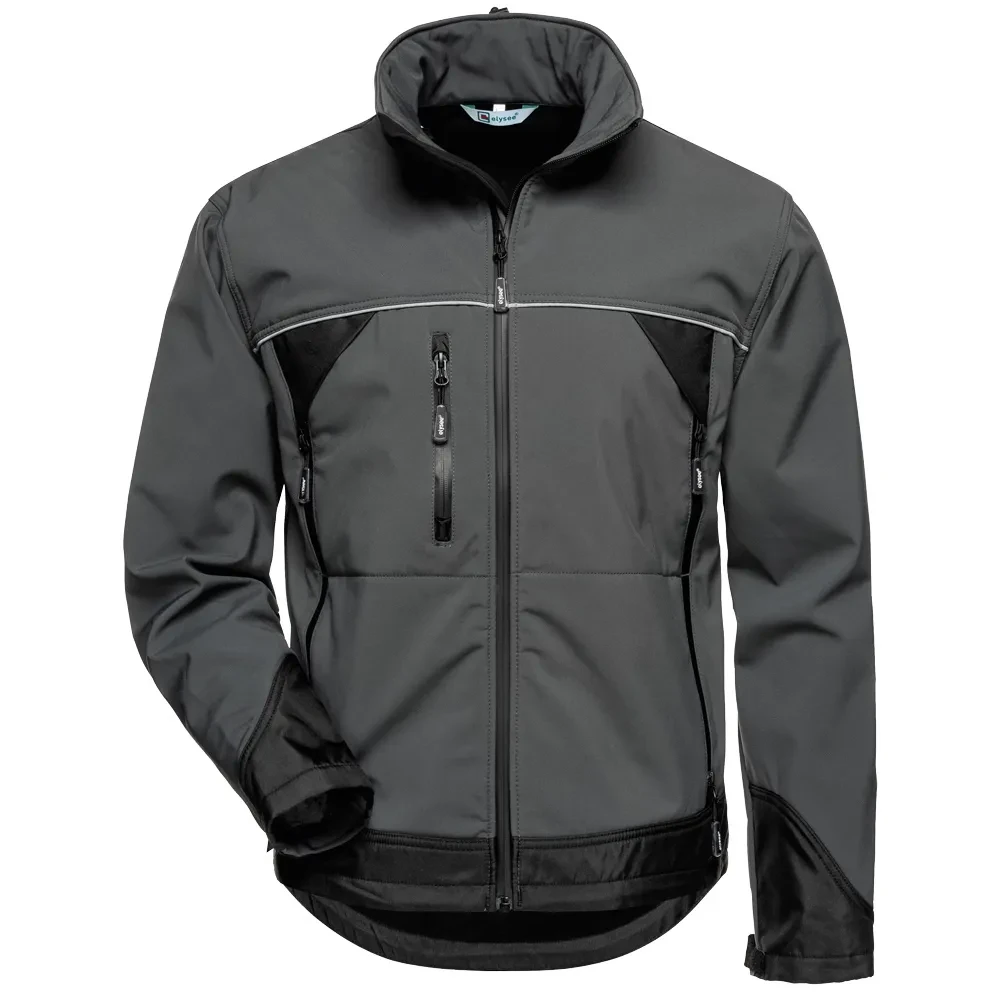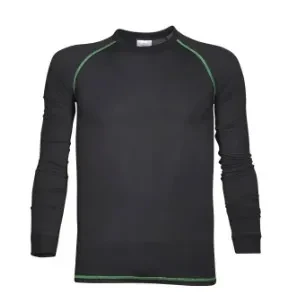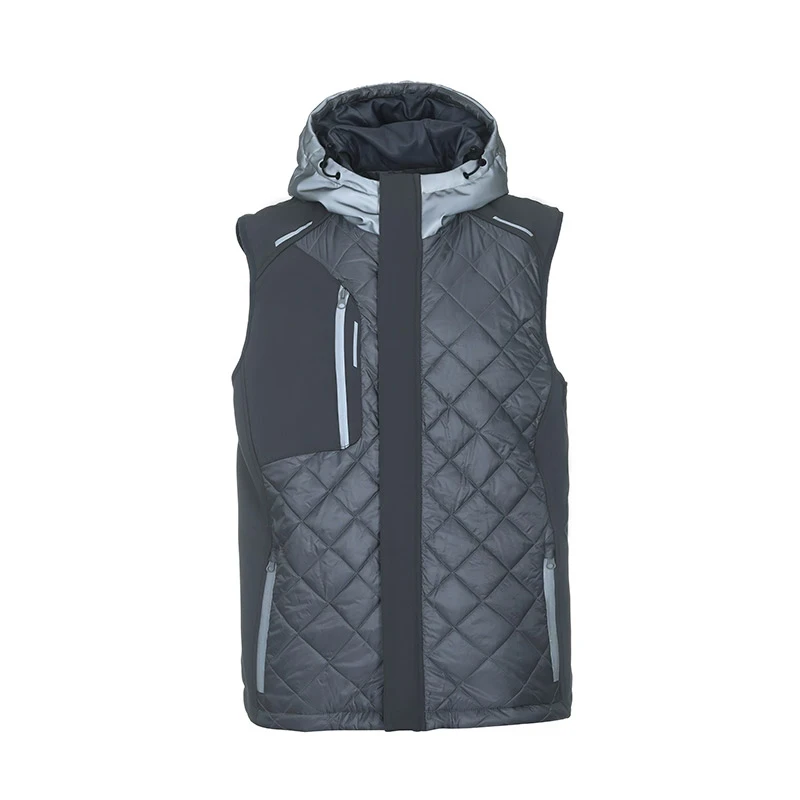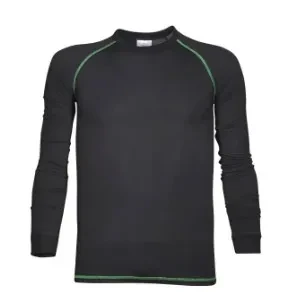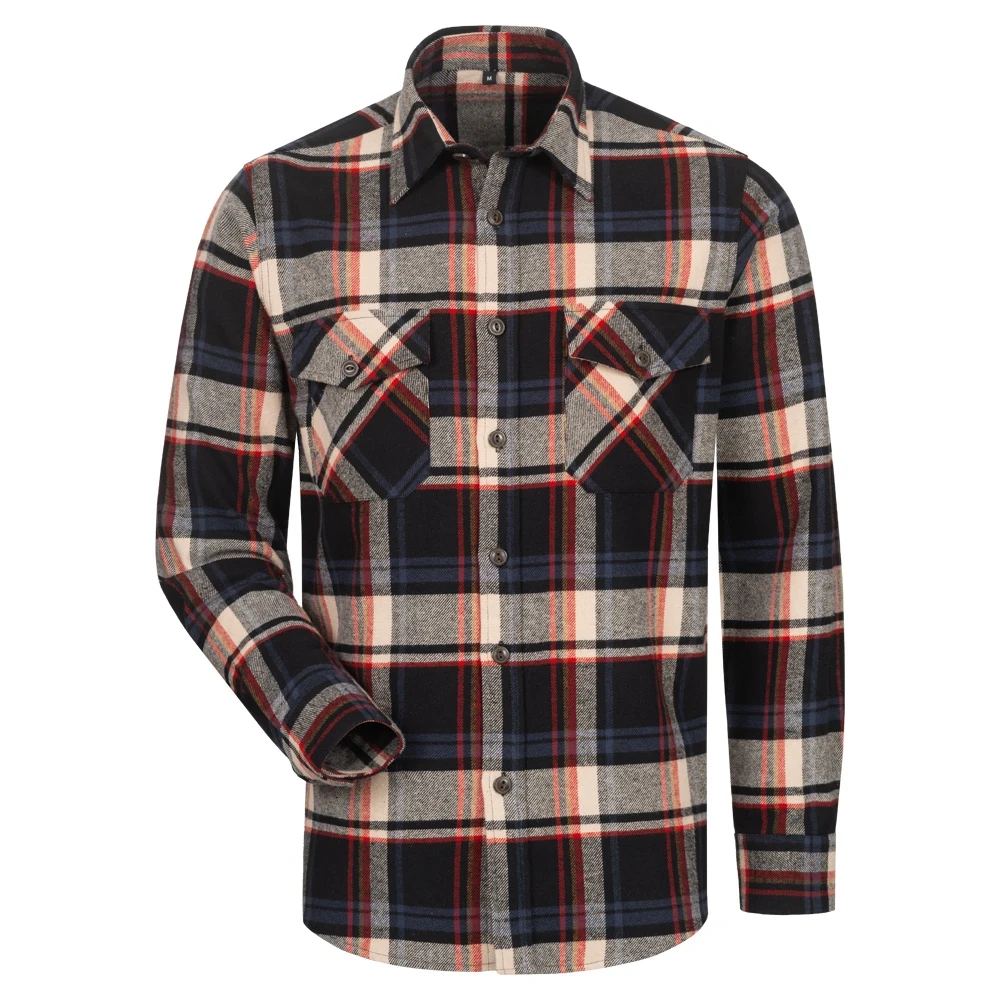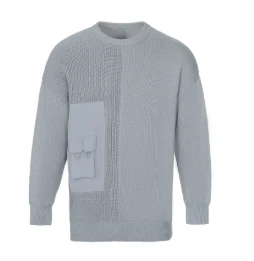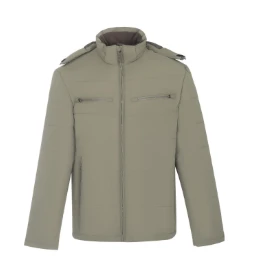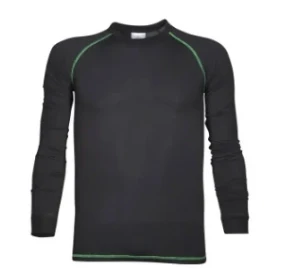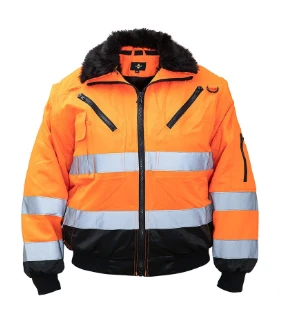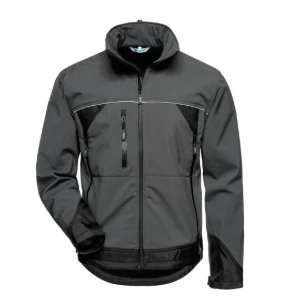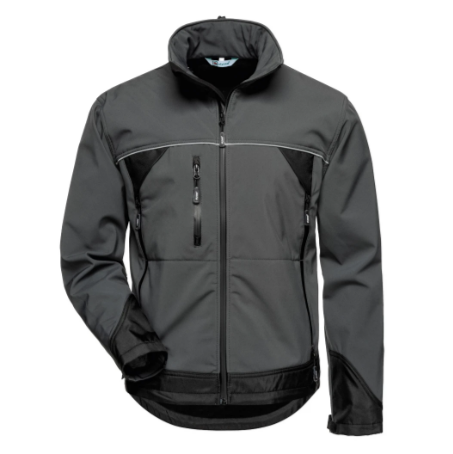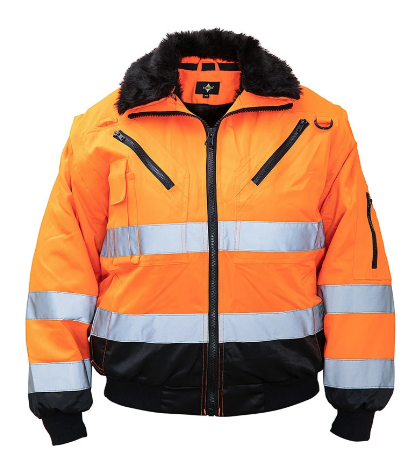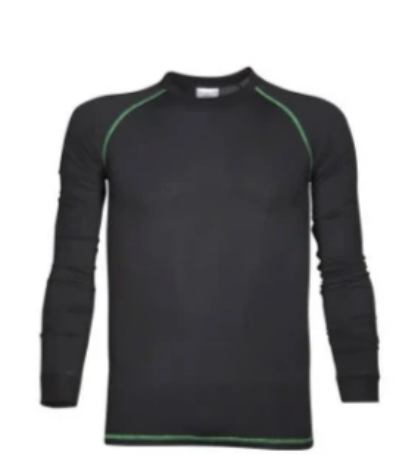Workwear: Functional Protective Clothing in Industrial Scenes
In industrial scenes such as manufacturing workshops, construction sites, logistics and warehousing, workwear has become the core equipment to ensure the safety and efficiency of operations with professional protection design and durability. It breaks through the limitations of ordinary clothing in terms of protection and adaptability. Through material selection and structure optimization, it can not only resist occupational risks such as mechanical damage and chemical erosion, but also meet the comfort requirements of long-time and high-intensity operation. Its performance is directly related to the safety and working state of practitioners.

The core advantage of workwear comes from the application of practical materials and targeted functional design
The fabric is mostly made of high-strength cotton canvas, flame-retardant polyester fiber or chemical resistant fabric, with tear resistance up to more than 3 times that of ordinary cotton, and can resist mechanical damage such as tool scratch and sharp object puncture; For special industries, for example, the safety workwear in the chemical industry will use acid and alkali resistant fabrics, and the workwear in welding operation will add flame retardant coatings, with a fire resistance limit of more than 5 seconds. In terms of structural details, the reinforced double-line sewing enhances the strength of the seam, the multi pocket design is convenient for carrying tools, the loose version is suitable for wearing all kinds of protective equipment, and the tightening design of cuffs and trouser legs prevents sundries from entering. Workwear in different industries will be customized and adjusted according to the operation characteristics.
The key criteria for measuring the quality of workwear cover multiple dimensions
In terms of protection performance, the tensile strength of the fabric of safety trousers for mechanical protection needs to be more than 300N, and the liquid penetration resistance time of chemical protection workwear needs to be more than 10 minutes; The durability is reflected in the wear-resistant times of the fabric, which remains intact after 5000 friction tests; Comfort can not be ignored, and the breathable performance ensures that it is not sultry to wear for a long time. The shape design should take into account the mobility and protection coverage; In addition, the logo design, such as reflective strips and industry-specific color matching, can improve the identification in the working environment and reduce the risk of accidents.
In practical applications, workwear has a wide range of scene adaptability
During construction, the wear-resistant and tear resistant Hi Vis safety jacket is equipped with reflective strips to ensure the safety and visibility of outdoor operations; The workwear in the machining workshop is made of oil resistant fabric, which is easy to clean and can resist the splashing of metal debris; Chemical resistant workwear in the chemical industry prevents corrosive liquids from contacting the skin through a tight closed design; Workwear of logistics warehousing focuses on lightweight and multi pocket design to improve the efficiency of cargo handling and document recording. Workwear in different scenarios provides precise protection for practitioners by focusing on different functions.
With the improvement of occupational safety standards, workwear's technological innovation continues to deepen
The application of environment-friendly recycled fabrics can reduce the resource consumption in the production process, such as the wear-resistant fabrics made of recycled polyester; Intelligent protection technology is integrated into safety work jackets, such as built-in sensors to monitor the concentration of harmful gases in the environment and send out alarms; The addition of temperature control lining enables workwear to adapt to extreme temperature difference environment, keep warm in winter without bulkiness, and ventilate in summer without sultry; In addition, washable chemical resistant coatings extend the service life of workwear and reduce the cost.
To sum up, workwear takes the protection function as the core, and constructs the safety protection system in the industrial scene through material selection, structural design and technological innovation. It not only meets the basic needs of occupational safety, but also continuously optimizes in comfort and practicability, providing reliable protection for practitioners. In the future, with the integration of material technology and safety concept, workwear will develop in a more intelligent, environmentally friendly and targeted direction, and become an important support for the improvement of occupational safety and operation efficiency.
Workwear FAQs
-
What is workwear?
Workwear refers to functional clothing designed for the workplace, which usually has the characteristics of wear resistance, dirt resistance and protection, and is suitable for construction, manufacturing, maintenance and other industries. This kind of clothing focuses on practicality and safety. Common styles include workwear pants, jumpsuits, reflective vests, etc. the materials are mostly cotton, polyester or blended fabrics to cope with the high-intensity working environment.
-
What is the difference between workwear and ordinary clothing?
Workwear emphasizes functionality and protection, such as adding reinforced stitches, multi pocket design, fire prevention or anti-static treatment, while ordinary clothing is mainly comfortable and fashionable. In addition, workwear usually complies with industry safety standards, such as reflective strips, high visibility colors, etc., to ensure the safety of wearers in hazardous environments.
-
How to choose the right workwear?
The selection of workwear needs to consider the specific needs of the working environment. For example, outdoor work may require waterproof and windproof fabrics, while electricians need insulating materials. At the same time, attention should be paid to the fit. Too loose may affect the operation, and too tight will limit activities. Seasonal factors are also important. Thermal lining is required in winter and breathable and sweat wicking design is required in summer.
-
What are the precautions for the maintenance of workwear?
Workwear should be cleaned regularly to maintain hygiene, but the use of strong bleach should be avoided to prevent damage to the protective coating. Hand wash or gentle machine wash is recommended for clothes with reflective strips or special materials. Reinforcement pins can be used when repairing damaged parts. If the protective function (such as fire resistance) decreases due to wear, it should be replaced in time.
-
Why do some workwear have reflective strips?
Reflective strips can reflect light in a weak light environment, significantly improving the visibility of the wearer, especially suitable for night work, road construction or low light workplaces. This design significantly reduces the risk of accidental collision or accident, which is a mandatory requirement in many industry safety specifications.


